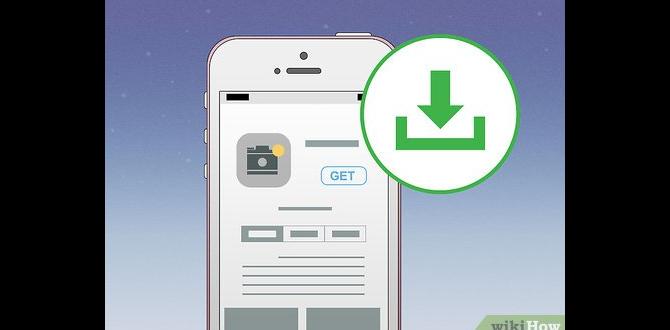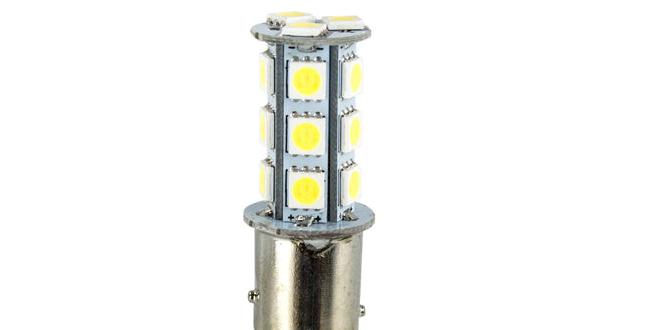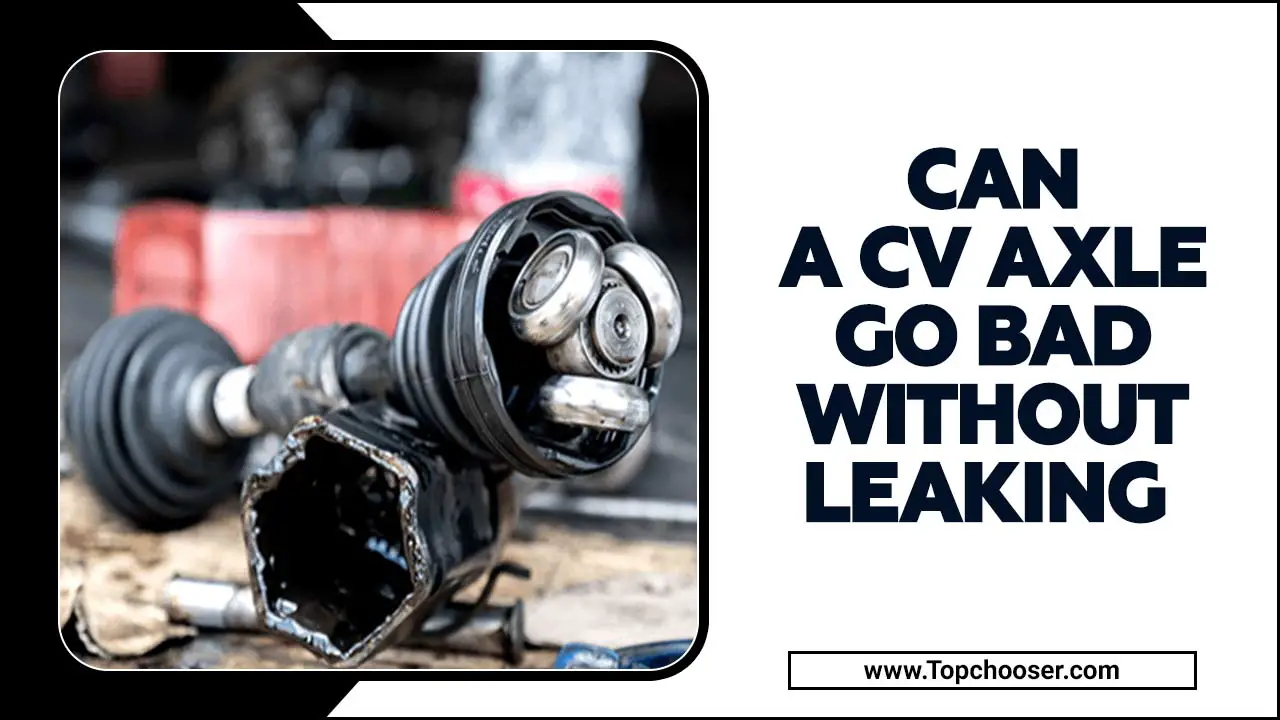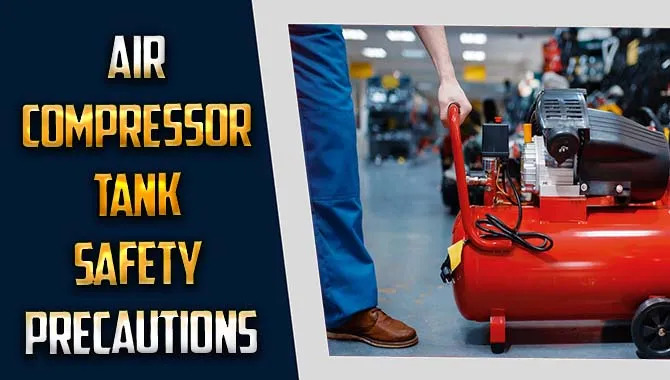Have you ever watched a meteor shower light up the night sky? It’s like watching nature’s fireworks show. Imagine capturing those stunning moments through your camera. But how do you photograph meteor showers and make those pictures shine?
Many people think they need fancy equipment. The truth is, with a few simple tips, anyone can take great photos. Do you want to impress your friends with amazing shots of shooting stars? Understanding how to photograph meteor showers is easier than you think!
One fun fact: Meteor showers happen when Earth passes through a trail of dust left by comets. These tiny bits of dust burn up in our atmosphere, creating bright streaks across the sky. By learning the best techniques to capture these beautiful sights, you can turn a magical moment into a stunning image.
Ready to explore the night sky and take unforgettable photos? Let’s dive into the world of meteor showers and discover the secrets to capturing their beauty!
How To Photograph Meteor Showers: Tips And Techniques

How to Photograph Meteor Showers
Capture the magic of meteor showers with simple tips! First, find a dark spot away from city lights. A wide-angle lens works best for taking in the whole sky. Remember to use a tripod for steady shots. Set your camera to a slow shutter speed and take long exposures. Did you know that the Perseids can create up to 100 meteors an hour? With patience and these tricks, you’ll have stunning pictures to share!Essential Equipment for Meteor Photography
Recommended cameras and lenses for capturing meteor showers. Importance of tripods and remote shutter releases.To capture those dazzling meteor showers, having the right tools is key! A good DSLR camera is your best friend. Consider models like the Canon EOS Rebel or Nikon D3500. Pair them with wide-angle lenses. A 14mm or 24mm will do wonders! Don’t forget a sturdy tripod; it’s a must to keep your shots steady. And hey, a remote shutter release can save you from wobbly fingers! Here’s a quick guide:
| Camera | Lens |
|---|---|
| Canon EOS Rebel | 14mm Wide Angle |
| Nikon D3500 | 24mm Wide Angle |
With this setup, you’re ready to catch shooting stars! Remember, it’s all about staying still, so you can focus on the show above!
Camera Settings for Best Results
Ideal aperture, ISO, and shutter speed settings. Techniques for manual focusing in lowlight conditions.To capture those shooting stars, start with the right aperture, ISO, and shutter speed. A wide aperture like f/2.8 lets in more light, making stars shine bright. Set your ISO around 1600 to catch those flickering meteors without too much noise. For shutter speed, try 15-20 seconds. This helps avoid blurry photos unless you want to capture your neighbor’s cat running through!
| Setting | Recommended Value |
|---|---|
| Aperture | f/2.8 |
| ISO | 1600 |
| Shutter Speed | 15-20 seconds |
For manual focusing, use your camera’s live view. Focus on a bright star or distant light. This is much easier in the dark than hunting for your best friend’s face! Having these settings will make your meteor shower photos out of this world!
Choosing the Right Location
Importance of dark skies and avoiding light pollution. Tips for scouting a good vantage point and planning ahead.To capture those dazzling meteor showers, finding the right spot is key. Look for places with dark skies and steer clear of light pollution to enjoy a clearer view. Less light means more stars, and who doesn’t want a starry background for their photos? When scouting your location, think about nearby hills or open fields. Planning ahead is vital; check your local weather and meteor shower times. Nobody wants to camp out under a cloudy sky, right?
| Tips for Location Scouting | What to Avoid |
|---|---|
| Seek dark areas away from city lights. | Don’t choose busy parks or rooftops. |
| Look for high ground for an unobstructed view. | Avoid locations with tall buildings or trees. |
| Plan for comfort: bring warm clothes or blankets. | Don’t forget to check the weather report! |
Remember, a little planning goes a long way. Grab your camera and don’t forget the snacks—watching meteors is hungry work!
Techniques for Capturing Meteor Showers
Techniques for longexposure photography. Tips for composing images to include foreground elements.To capture stunning meteor showers, try using long-exposure photography. Set your camera to a slow shutter speed. Grab a tripod to keep it steady; no one wants blurry fireworks! Include some interesting foreground elements, like trees or buildings, to make your shots pop. It adds depth and makes your photos feel alive. Here’s a quick table to help:
| Technique | Description |
|---|---|
| Long Exposure | Use a slower shutter speed to show movement. |
| Foreground Elements | Add something interesting in front for depth. |
Remember, capturing those falling stars can require patience, but it’s worth it for a great shot. So, aim high and keep your eyes on the sky!
Post-Processing Meteor Shower Images
Recommended software for editing meteor photographs. Techniques for enhancing details and colors in photos.After capturing those amazing meteor shower shots, it’s time for some digital magic! You can use software like Adobe Lightroom or GIMP for editing. These tools help you enhance colors and bring out details that might be hiding in the dark. Don’t forget to adjust the contrast and brightness to make those meteors pop. It’s like adding extra sprinkles on your ice cream—totally necessary! Here’s a quick table of recommended software:
| Software | Features |
|---|---|
| Adobe Lightroom | Great for color correction and easy to use |
| GIMP | Free and powerful with many features |
| Photoshop | Advanced tools for expert edits |
Experimenting is key! Use sharpening techniques to highlight meteors or add layers for depth. With a little patience and creativity, your pictures will shine brighter than a shooting star!
Safety and Preparation Tips
Safety precautions for night photography. Importance of being prepared for weather conditions and equipment issues.Night photography can be a blast, but safety comes first! Always bring a buddy along—who wants to take a stroll in the dark alone? Make sure you have flashlights to light your way and check for any wildlife lurking about. Also, watch the weather! Nobody wants to be soaked while capturing stars. Prepare for some equipment hiccups too. Plan for spare batteries and a backup camera if you have one. Because let’s face it, a dead camera is no laughing matter! Here’s a quick checklist to keep you ready:
| Prep Item | Reason |
|---|---|
| Buddy System | Safety in numbers |
| Flashlight | To avoid tripping over rocks |
| Weather Check | No one likes rain on their parade (or photos!) |
| Spare Batteries | To keep snapping those shooting stars |
Sharing and Showcasing Your Work
Best platforms for sharing meteor photography. Tips for engaging with photography communities and contests.Sharing your meteor photos is exciting! You can use popular platforms like Instagram, Flickr, and Twitter to showcase your work. Posting regularly helps you connect with other photographers. Joining contests is also a great idea. They often have prizes and can boost your skills. Don’t forget to engage with communities. Ask questions, like their photos, and join discussions. This way, you build friendships and learn new tips!
What are the best platforms for sharing meteor photography?
The best platforms include:
- Flickr
- Facebook Groups
How can I engage with photography communities?
To connect with others:
- Comment on posts.
- Share your experiences.
- Join contests regularly.
Conclusion
In conclusion, photographing meteor showers is exciting and rewarding. Remember to pick a dark spot, use a steady tripod, and select a wide lens. Set your camera to a long exposure to capture the shower’s beauty. Practice these tips, and you’ll improve with each try. For more details, check photography guides and experiment with your camera tonight!FAQs
What Equipment Is Essential For Capturing High-Quality Images Of Meteor Showers?To capture high-quality pictures of meteor showers, you need a good camera. A DSLR (Digital Single Lens Reflex) camera works great. Use a tripod to keep your camera steady. You should also have a wide-angle lens to see more of the sky. Don’t forget a remote shutter release to avoid shaking the camera!
What Settings Should Be Adjusted On My Camera To Optimize For Low Light And Fast-Moving Meteors?To take great pictures of meteors at night, adjust your camera’s settings. First, set the ISO to a high number, like 1600 or more, to catch more light. Next, open the aperture wider by using a small f-number, like f/2.8, to let in even more light. Finally, use a longer exposure time, like 10 seconds, to catch the fast movement of meteors. Try to keep your camera steady on a tripod for the best results!
How Can I Determine The Best Location And Conditions For Photographing A Meteor Shower?To find the best place for a meteor shower, look for a dark spot away from city lights. You want a clear sky, so check the weather for clouds. It’s best to go somewhere high up, like a hill. Bring a blanket or a chair to sit on while you watch the sky.
What Techniques Can I Use To Increase The Chances Of Capturing Multiple Meteors In A Single Shot?To capture multiple meteors in one shot, use a wide-angle camera lens. This lets you see more of the sky. Set your camera to a long exposure. This means it stays open longer to catch more light. Finally, find a dark place with no city lights for the best view.
Are There Any Tips For Post-Processing Meteor Shower Photos To Enhance Their Visual Appeal?Yes! After you take photos of a meteor shower, you can make them look even better. First, use a photo editing program to brighten the picture. Next, adjust the colors to make them pop. You can also sharpen the details to show the meteors clearly. Finally, try adding some contrast to make the night sky stand out more!








